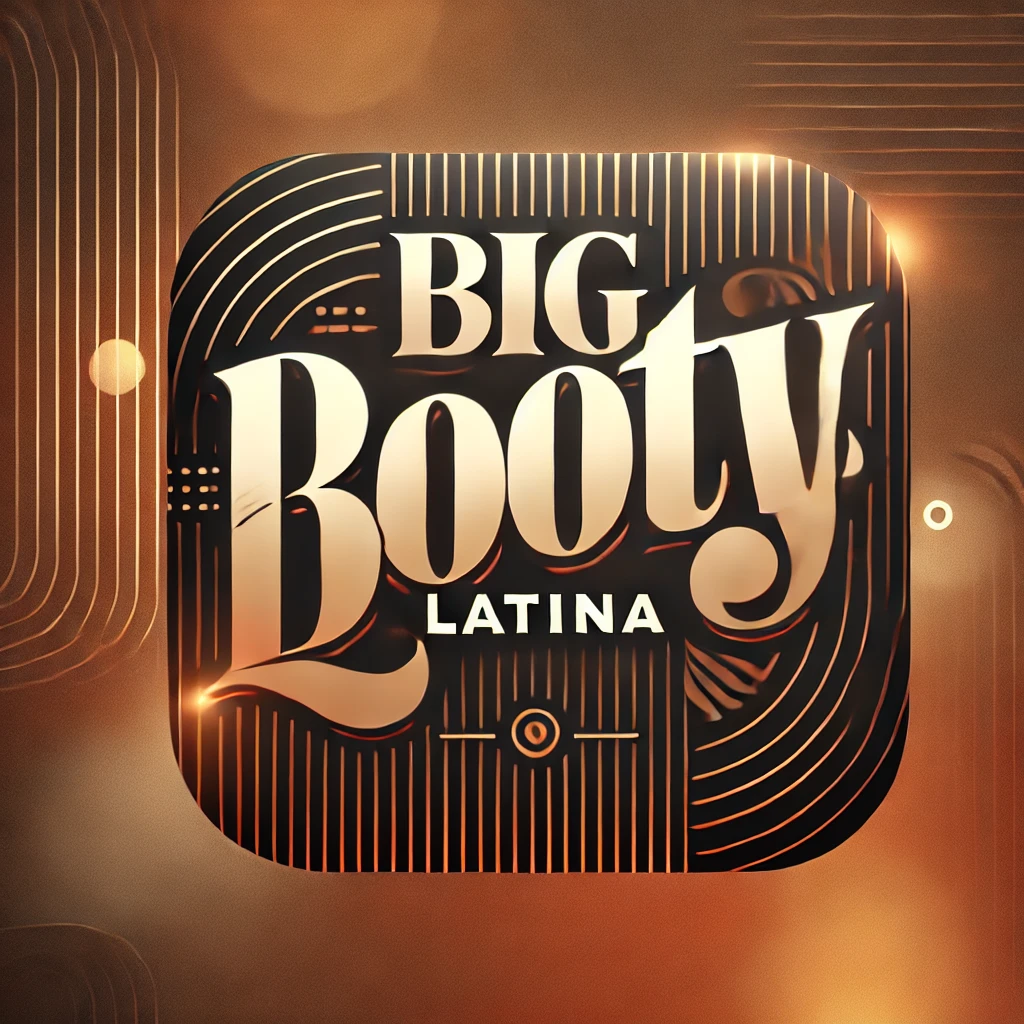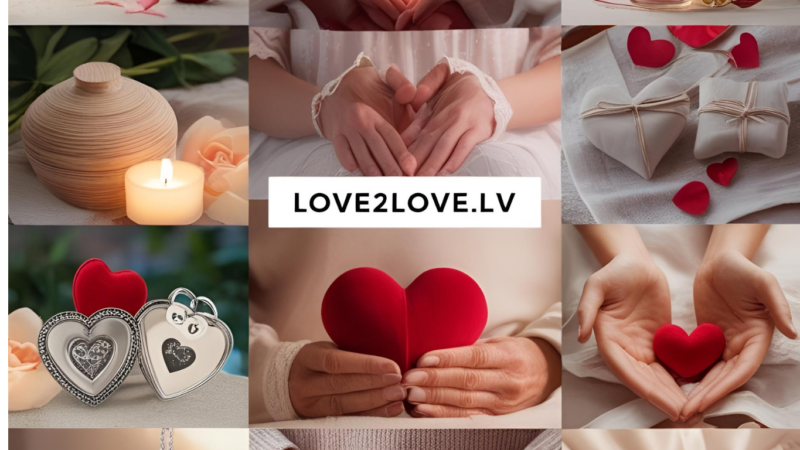Big Booty Latina: A Cultural and Social Phenomenon 2025

The term “Big Booty Latina” has gained widespread recognition in pop culture, social media, and even fitness trends. It represents not only a body type but also a cultural identity tied to Latin American heritage, beauty standards, and representation in media. This article delves into the origins, societal impact, fitness perspectives, and influence of the “Big Booty Latina” image across different platforms.
Cultural Significance
The curvaceous figure, particularly with an emphasis on a fuller lower body, has been celebrated in many Latin American cultures for centuries. Unlike Western beauty standards that often favored thinness in the past, Latin American societies have historically valued a more voluptuous body shape as a symbol of femininity, fertility, and attractiveness.
In many Latin American countries, music and dance forms like reggaeton, samba, and salsa have further popularized the appreciation of curvier body types. Artists such as Jennifer Lopez, Shakira, and Natti Natasha have played a significant role in showcasing and embracing this body type on a global stage.
Media and Social Representation
Social media platforms like Instagram, TikTok, and OnlyFans have amplified the visibility of the “Big Booty Latina” aesthetic. Influencers and models who fit this description often gain massive followings, with their images being widely shared and celebrated.
- Music and Entertainment: Reggaeton, hip-hop, and Latin pop heavily feature women with curvy figures in music videos, reinforcing the desirability of this body type.
- Reality TV and Film: Latina actresses and reality TV stars often embody and emphasize their curvy physiques, contributing to the popularization of this look.
- Influencer Culture: Fitness models and influencers showcase workouts aimed at enhancing curves, further pushing the idea of achieving the “Big Booty Latina” look.
Fitness and Body Image
Many women strive to achieve a curvy, toned physique through targeted workouts and fitness routines. Some key aspects of fitness related to this body type include:
- Glute-focused exercises like squats, lunges, and hip thrusts to enhance lower-body shape.
- Diet and nutrition to support muscle growth and fat distribution.
- Cosmetic procedures such as Brazilian Butt Lifts (BBL) have gained popularity, though they come with risks and ethical concerns.
While this body type is widely celebrated, it’s essential to recognize that all body shapes are beautiful. The pressure to achieve a specific look can sometimes lead to unhealthy body image issues or unrealistic expectations.
The Sexualization Debate
The “Big Booty Latina” term is often used in a sexualized context, which has sparked debates about representation and objectification. While some embrace it as a symbol of confidence and body positivity, others argue that it reduces Latina women to physical attributes rather than recognizing their talents, intelligence, and contributions to society.
Economic Influence and Branding
The beauty and fashion industries have capitalized on the “Big Booty Latina” trend, marketing products and services to enhance curves. From shapewear and butt-enhancing jeans to cosmetic surgery advertisements, businesses have turned this aesthetic into a lucrative industry.
Additionally, Latina influencers have built successful personal brands around this image, securing sponsorships, partnerships, and endorsement deals with major brands in fitness, fashion, and beauty.
Impact on Self-Image and Society
The celebration of curvy Latina figures has had both positive and negative effects on self-image. On one hand, it has helped diversify beauty standards, allowing more women to feel confident in their natural bodies. On the other hand, it can create pressure to conform to an idealized version of femininity, potentially leading to body dissatisfaction or extreme measures to achieve a certain look.
Conclusion
The “Big Booty Latina” phenomenon is more than just a body type—it represents a fusion of cultural appreciation, media influence, and evolving beauty standards. While it can be empowering for many, it’s crucial to promote body positivity and respect for women beyond their physical features. Embracing diversity and individual beauty should always be at the forefront of cultural conversations.






